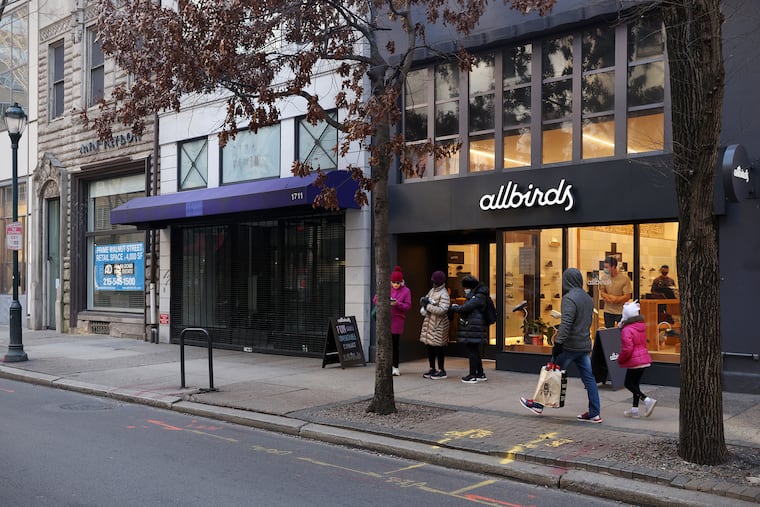How COVID-19 will change retail, home sales, travel and working from home
Work-from-anywhere is a fundamental shift in the way we live and work and will become even more prevalent .

The end of the pandemic is coming into view, but its impact will be long-lasting.
COVID-19 has most obviously forced us way up the online learning curve. Fast. Before the pandemic, buying an airline or concert ticket on the internet was commonplace, and many of us did our banking online. But how many of us shopped online for groceries or a home?
We do now. According to the Census Bureau, one-fifth of non-auto-related retail sales are done online, up from one-sixth just before the pandemic. And an astounding 60% of home-buyers in recent months have made offers to purchase a home they haven’t seen in person. Of course, the move online was happening long before the pandemic, but the pandemic put this switch into hyper-drive.
The fallout on brick-and-mortar retailers and those that worked in stores has been devastating. Vacant stores are ubiquitous, and the number of people working in stores has fallen to where it was a quarter-century ago. Retailers will figure out new ways to get people to come back to their stores, but that will take time.
The move online has also been propelled by the seeming instantaneous mass adoption of work-from-anywhere policies when the pandemic hit. Fewer than one-tenth of the workforce worked consistently from home before the pandemic, according to the Bureau of Labor Statistics. As of early this year, well more than one-fifth of us are doing so.
There is sure to be some reversal as businesses and offices reopen, but there is no going back to the way things were. Work-from-anywhere is a fundamental shift in the way we live and work and will become even more prevalent as companies resolve the niggling human resource constraints.
For example, what if someone working for a firm in New York City and being paid New York wages decides to move and work from Tampa for that city’s lower living costs and taxes and shorter, if any, commute? Should that worker keep New York City wages or get Tampa wages, instead? Probably Tampa wages. It will be tricky to navigate such a change, but HR departments will figure it out, and work-from-anywhere will be off and running.
The implications are enormous. Households unfettered from the company office are moving, particularly higher-income households renting in the big cities. Very large high-cost urban areas, such as New York City and San Francisco, will likely be permanently diminished. Suburbs, exurbs and smaller cities and towns will get a boost. Philadelphia could be a beneficiary if it plays its cards right because it is a very affordable city compared with New York or Washington, yet has all the big-city amenities.
Travel has also been fundamentally changed by the pandemic. Tourism will bounce back, though not immediately; with vaccinations ramped up the U.S. will soon get beyond the pandemic , but it could be years before much of the rest of the world is inoculated. Until then, there won’t be as many tourists from the rest of the world visiting here.
Business travel is not coming fully back, at least not in my lifetime. Doing business through Zoom-like platforms is just too easy and effective. Businesses have learned they can manage global workforces and close most deals from their PCs and don’t need to bear the expense and hassle of airports and hotels. There will still be in-person business conventions — virtual get-togethers just aren’t the same and never will be — but not nearly as many.
We will be paying the pandemic’s extraordinary costs for a long time. The Trump and Biden administrations have had no choice but to respond to the crisis with massive financial support to households and businesses. If they had not, the economy would have crumbled and the costs been even greater. But the nation’s debt load is now as heavy as it has ever been.
Once the economy is back in full swing and unemployment is back to where it was before the pandemic, we will need to pivot and address our long-term fiscal problems. This means tax increases for corporations and the well-to-do who for the most part have navigated the pandemic gracefully, and it also means government spending restraint.
Coming to terms on addressing our long-term fiscal problems could daunt us, given how discordant our politics have become. But perhaps the pandemic has changed this, too. The crisis appears to have cleared the way for us to begin talking about the big problems we can only solve together, such as climate change, income and wealth inequality, and our infrastructure needs.
The pandemic has been a nightmare that we will not forget. Hopefully, it has also startled us out of our collective stupor.
Mark Zandi is chief economist for Moody Analytics.